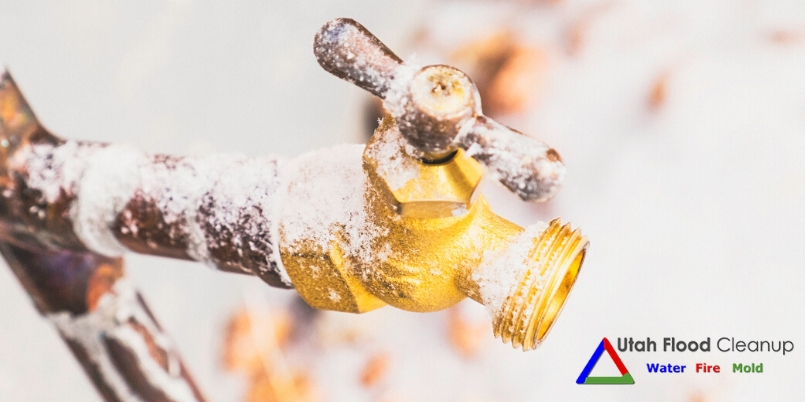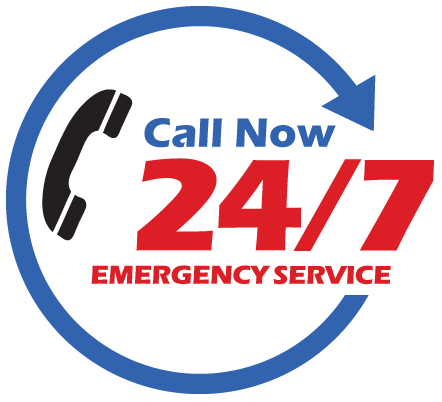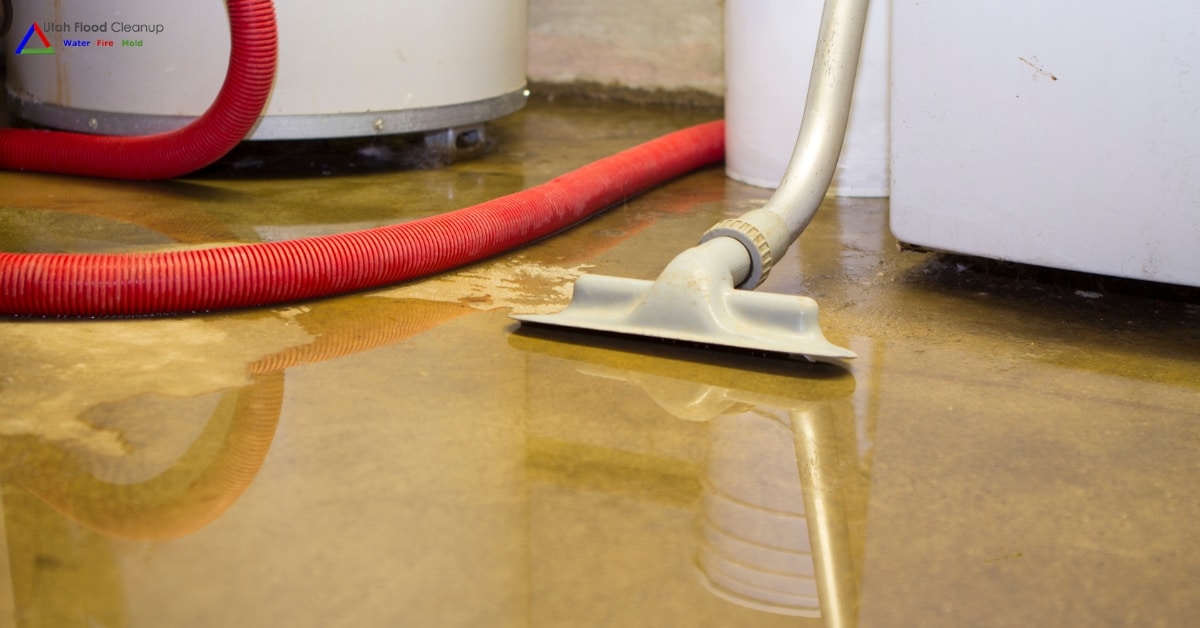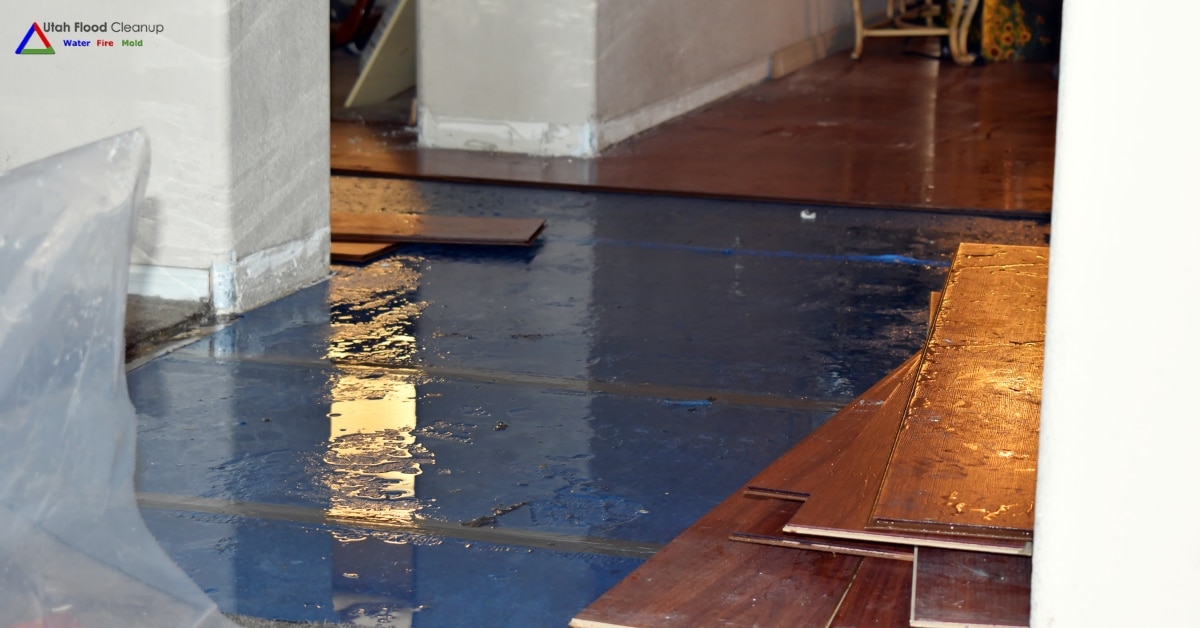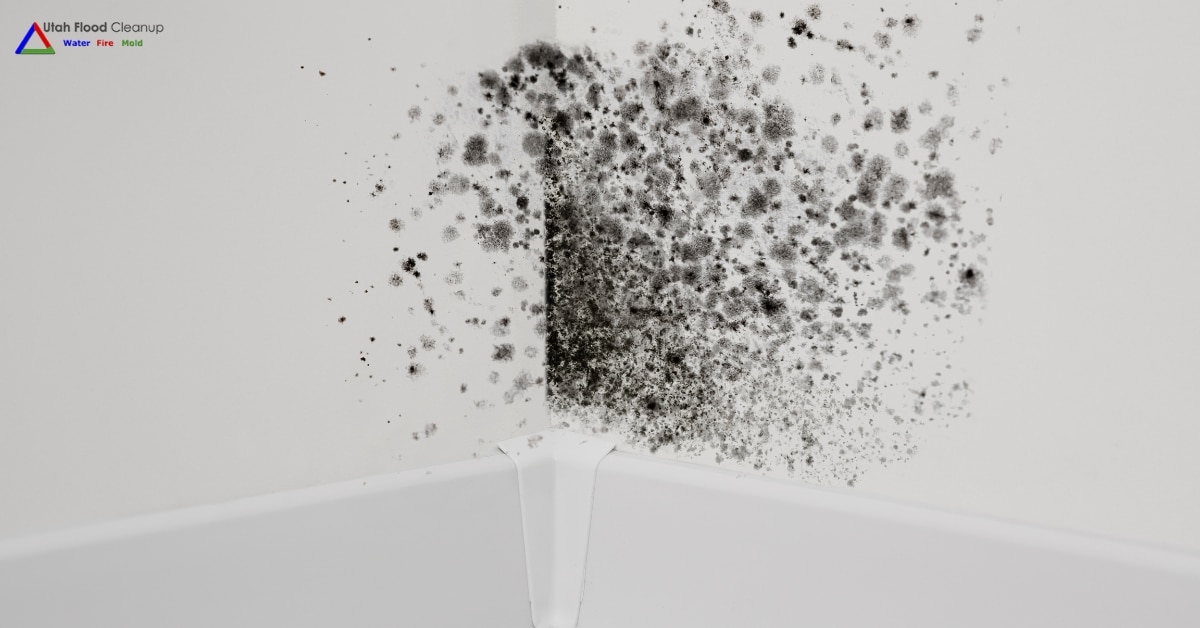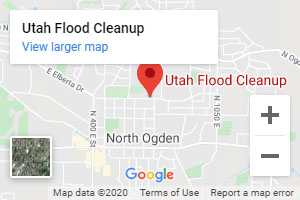Broken water lines result in enormous losses for property owners and tenants from water damage every year throughout cold climate regions. Preparing plumbing lines for cold weather can help prevent water leaks that occur when exposed to freezing temperatures (at or below 32 degrees Fahrenheit) causes water in lines to freeze, expand, increase pressure, and break the pipes. Winterizing your home's water lines is essential to protect your home, your personal possessions, and the health and safety of everyone who lives in your house. Below is a set of step-by-step instructions for winterizing water lines in the house.
What To Do Before You Winterize Water Pipes
It's not hard to learn how to winterize water lines in a house. To get started, first make a list of all plumbing lines and other parts inside and outside your home. Including all water faucets, valves, and other fixtures on the interior and exterior of the house. Then, perform each of the steps explained below, to winterize your home's water lines. Check each step off your list as you complete it, to ensure that you don't forget any of these critical tasks and end up needing professional pipe leak cleanup.
- Locate all pipes that are susceptible to freezing, including those along exterior as well as interior walls. Pipes that are uninsulated and those installed in or near interior spaces that are not heated during winter are at risk of freezing.
- Inspect for cracks or air leaks along ceilings, walls, windows, doors, and floors. Also look for exterior openings left around plumbing, electrical, phone, cable and other utility lines leading into the structure.
- Caulk or apply spray foam sealant in all holes and crevices, to help prevent cold air from entering the house through those openings and causing frozen water lines.
Now You're Ready to Winterize Water Lines
Follow these instructions to begin winterizing residential water lines. Check each task off your list after you complete it.
- Turn off electricity to the water heater. This will prevent heating elements from continuing to heat while the water heating tank is empty.
- Turn off the water pump.
- Turn off the water coming into the home at the main valve.
- Open all faucets and drain valves. A faucet or valve left closed could cause water to be held inside pipes.
- Use an air compressor to blow any residual water out of lines.
- Open the valve on your hot water tank, and empty the tank completely. Connect a garden hose to drain it if your hot water tank does not have a bottom drain (floor drain). If all water cannot be removed, add a bit of antifreeze (of the type approved for such use in-home water systems).
- Drain the water holding tank, including the small tank component that contains the rubber diaphragm (designed to provide pressure).
- Flush all toilets, to eliminate as much water as possible, from toilet tanks and bowls. If all water cannot be removed, add a bit of antifreeze (of the type approved for such use in-home water systems), to help prevent freezing water from breaking the porcelain toilet.
- Locate drains in sinks, bathtubs, showers, and others that have drain traps, and add a little antifreeze to these, to help prevent freezing water from breaking the drain traps.
What to Do After the Pipes are All Empty
With all pipes empty, you're ready to take the final steps. From this point, you can winterize water lines quickly, with just a few more tasks.
- Wrap PVC, steel, or copper water pipes with foam pipe insulation sleeves. Ensure that there are no parts of the pipes left exposed without insulative covering.
- Heat tape can be used for winterizing residential plumbing. However, heat tape can present its own risks. To help minimize risk of fire, be sure to follow U.S. CPSC safety recommendations for use of heat tape in a home.
- Hose bibs (outdoor faucets) are often overlooked, leaving them to burst. Be sure to drain all hose bibs, and add covers to insulate them. Then, shut off water to outside faucets at the shut-off valve.
- Ensure that the crawl space under the house is well insulated. Close off all vent openings leading to the building exterior, with plywood or cardboard pieces.>
- If possible, keep the building heated throughout all periods of freezing temperatures, in order to prevent flooding in your home due to a frozen water line.
- If possible, leave a faucet valve open and dripping, to allow water to continue flowing freely, which can help prevent it from freezing.
Professional Winterization of Your Homes Plumbing System
Of course, there's a lot at stake when you embark on your do-it-yourself plumbing winterization project, including your home's structure and construction finishes, your personal property, and the safety, health, and comfort of human and pet animal occupants during the coldest months of the year. Those are the months during which protecting your home and its occupants can become the most complicated and serious, in the event of a major water line breach.
Therefore, if you undertake DIY plumbing winterization in and around your home, it's recommended to have a professional plumbing inspection by a licensed plumber, to help ensure that all line protections you put in place can be expected to be effective when you most need to depend on them.
Four Reasons to Let the Professionals Winterize Your Home Plumbing System
In most cases, it's advisable to have your home plumbing winterization performed by a professional, to eliminate the risk of overlooking or under-treating your water line system at any vulnerable point in or around your home. A scheduled service call in October or November can save you from serious home damage in January. There are four important reasons to call a pro to winterize your plumbing.
- Your Main Water Source Must Be Protected
- Your Appliances Need Special Care
- You Need to Know Your Vulnerable Supply and Waste Points
- Your Exterior Plumbing Issues Must Be Addressed
Need to Winterize Your Water Lines in Utah? Call Utah Flood Cleanup
We are disaster cleanup specialists, helping people restore their homes after fire, flood, or mold damage occurs. We adhere to IICRC S-500 and S-520 guidelines. We don't take shortcuts. Our team holds industry certifications and licenses including CDS, ASD, IICRC WTR, RRP Certification.
We offer our customers free inspection of insured water damage, 24/7 emergency service, 2 Year Guarantee on Workmanship, and affordable financing.
We serve Utah customers locations throughout Utah. For more information about winterizing your home's plumbing system, call Utah Flood Cleanup anytime at (801) 823-6637. We're here to help you.
Latest posts by Utah Flood Cleanup (see all)
- What are the Benefits of Professional Water Damage Repair in Utah? - April 16, 2024
- Dealing with Winter Mold: Who to Call for Black Mold Removal in Utah - March 29, 2024
- Post-Snowmelt Water Damage Restorations: What Utah Residents Need to Know - March 28, 2024
